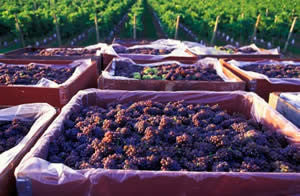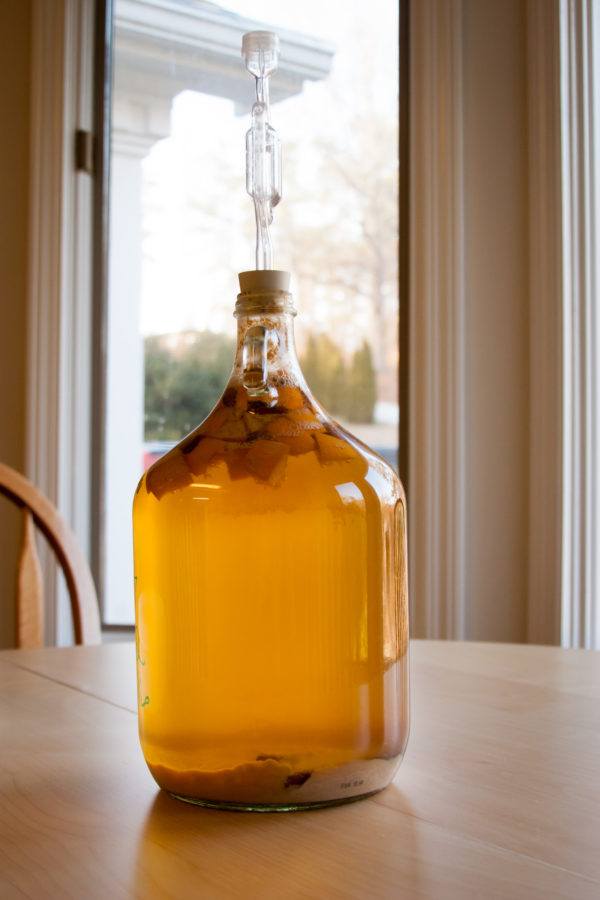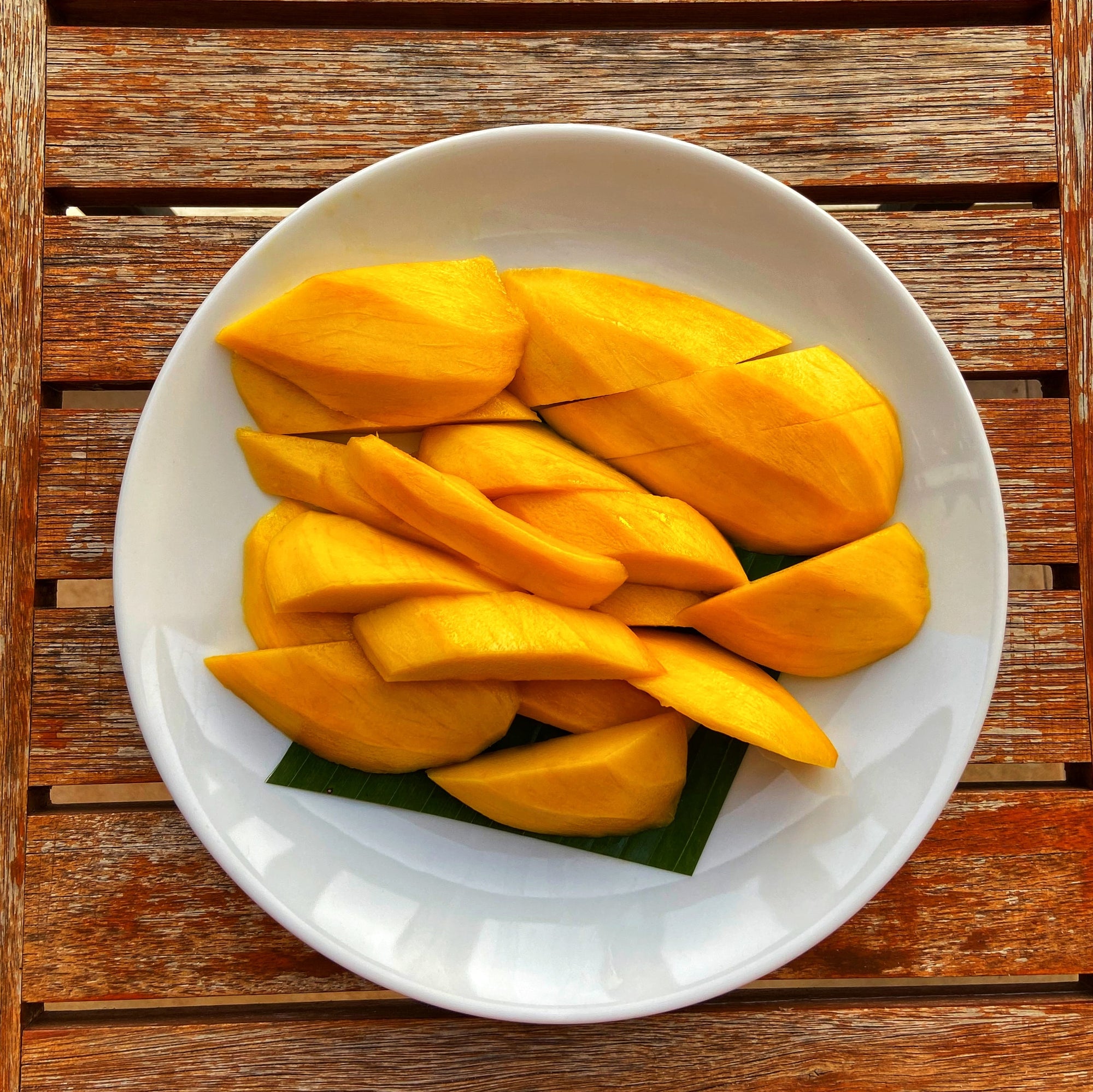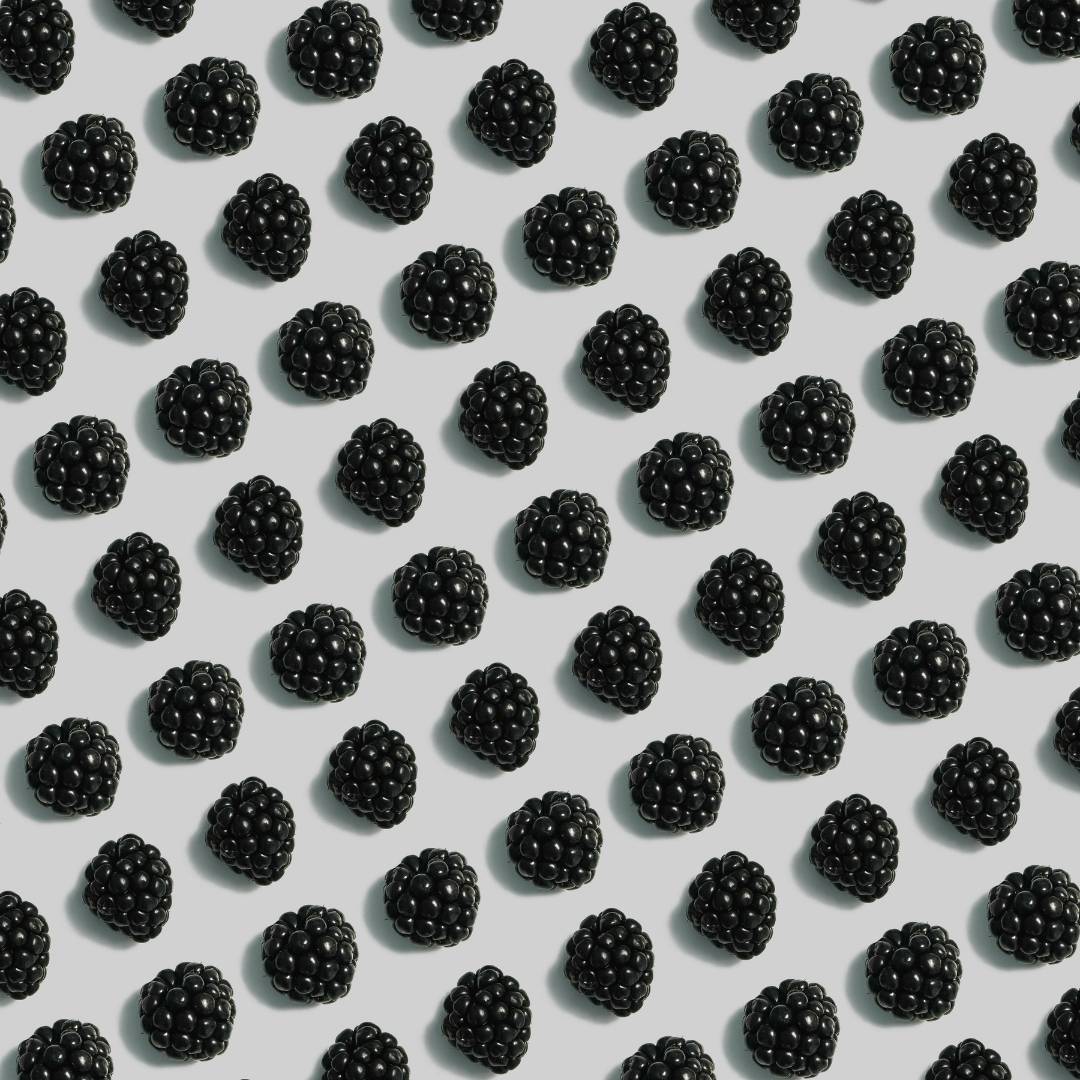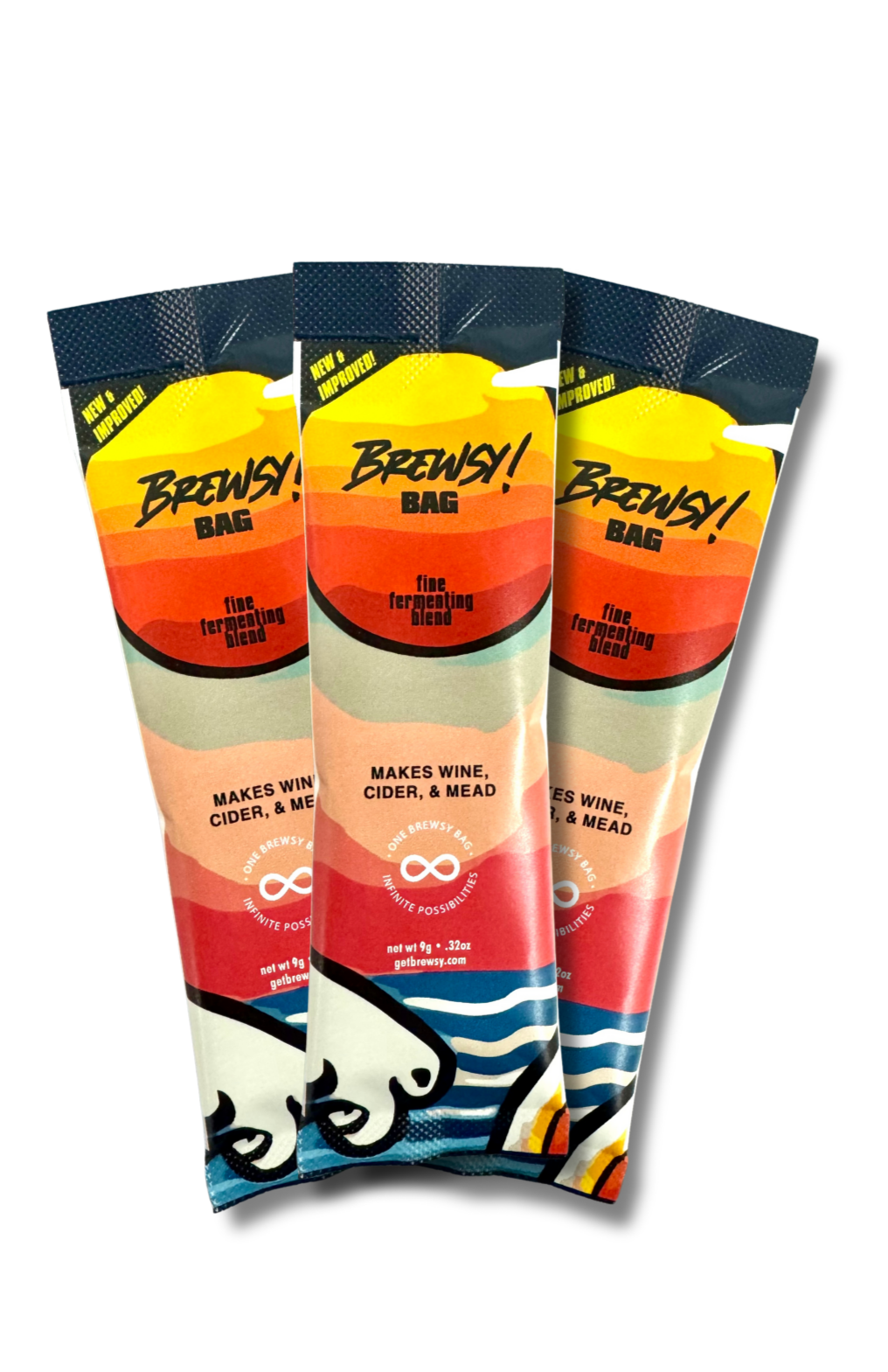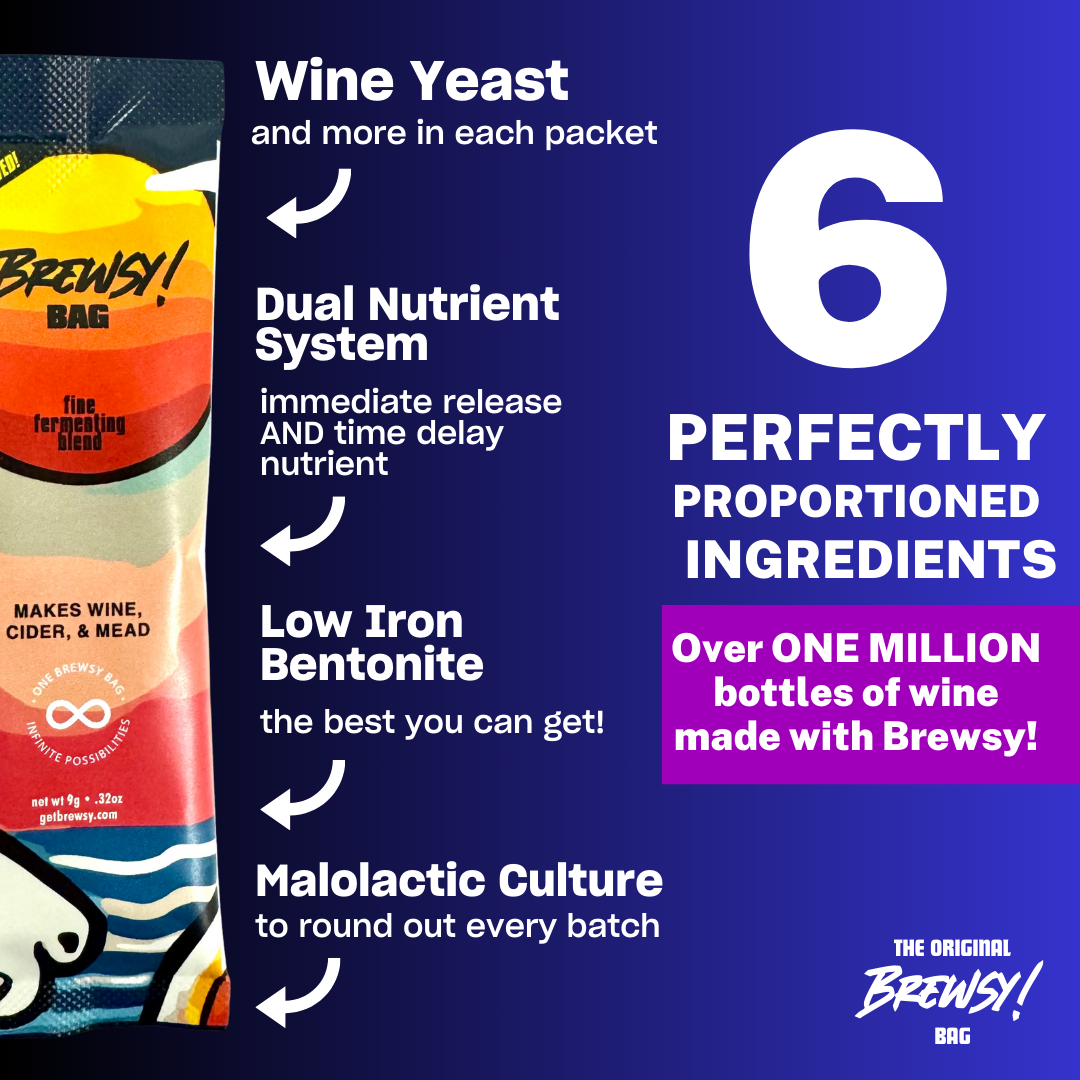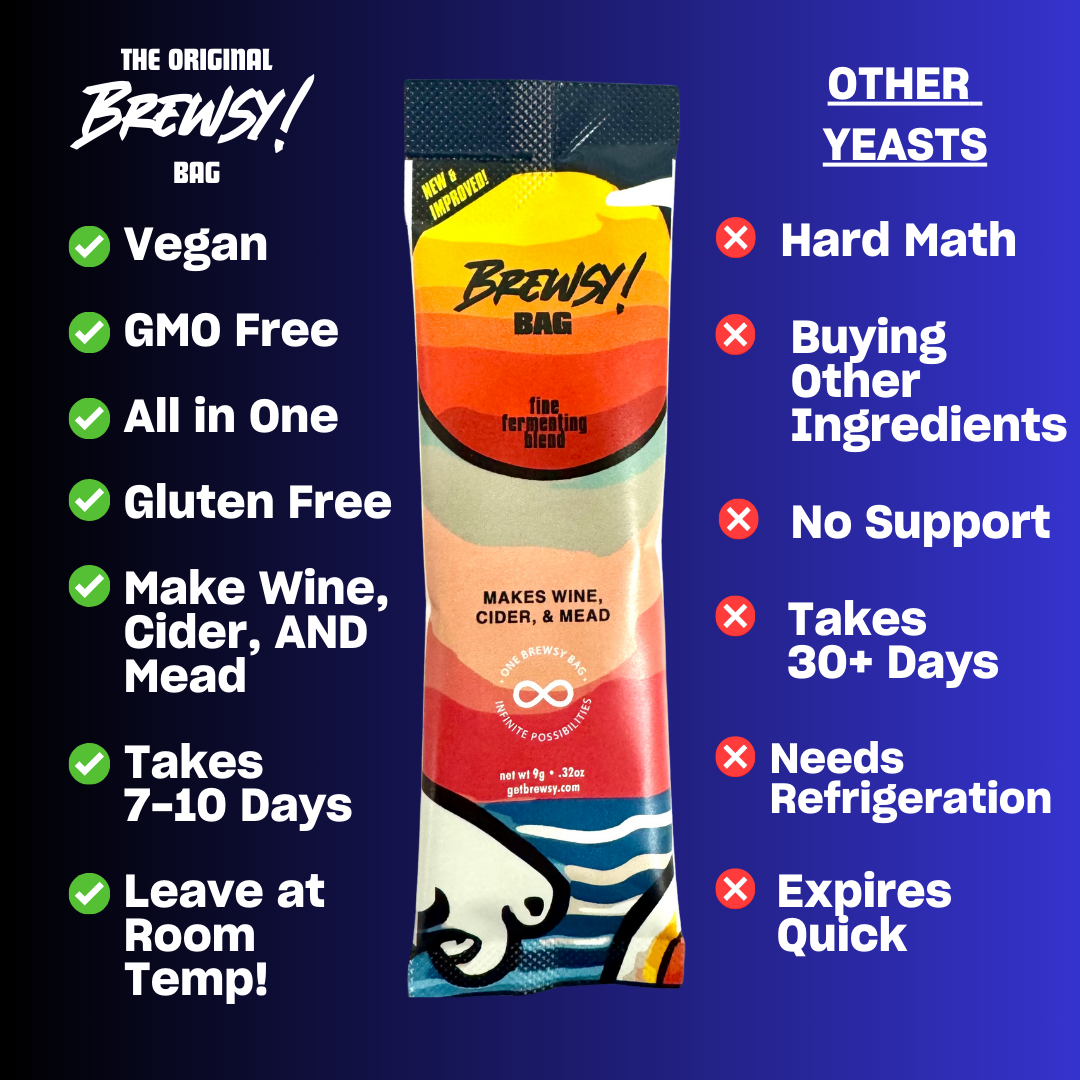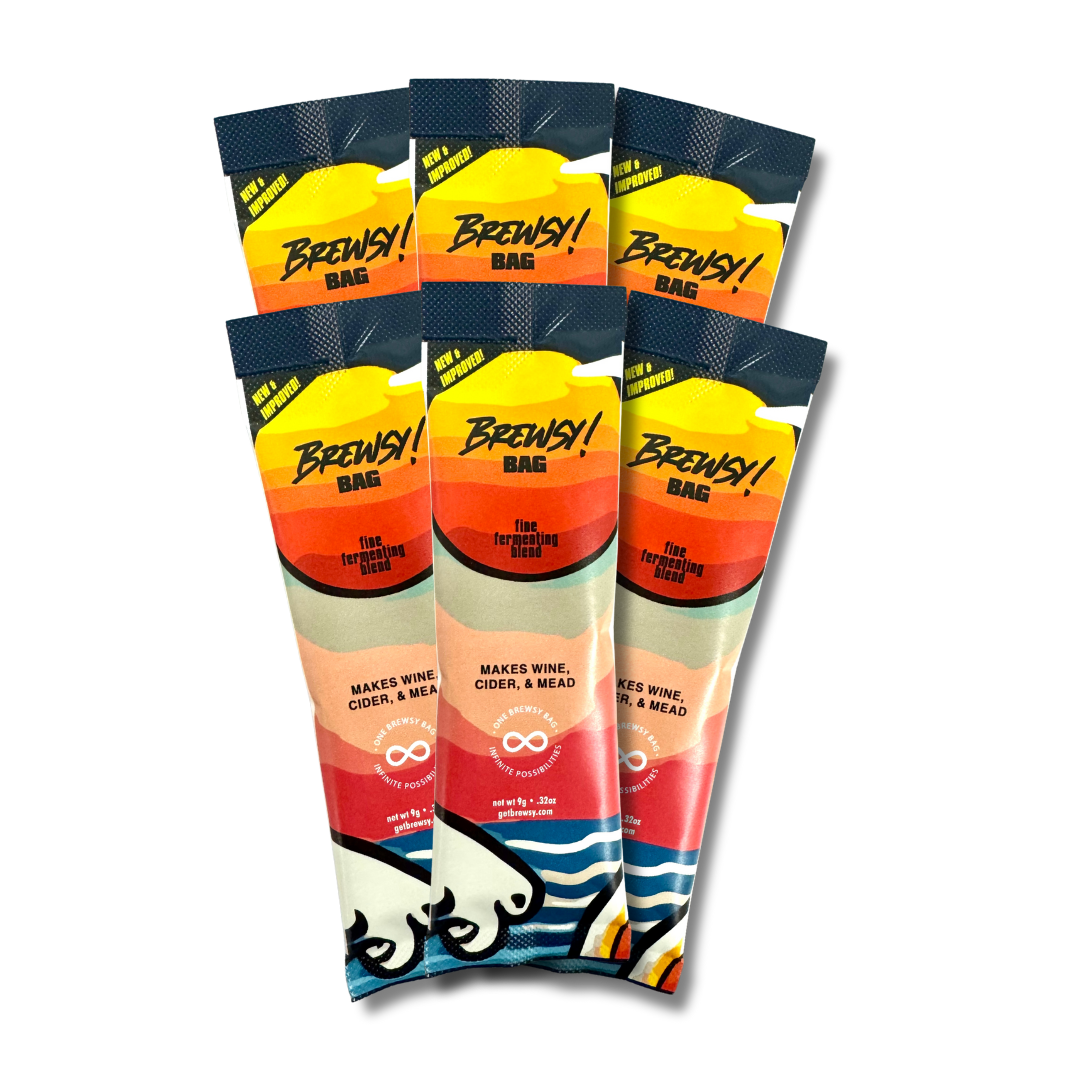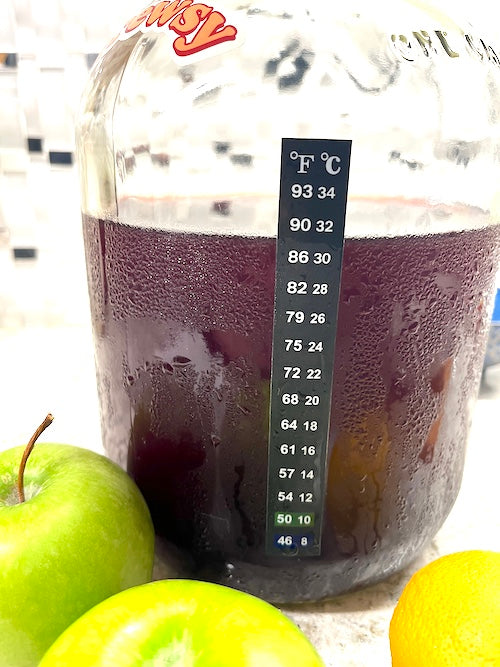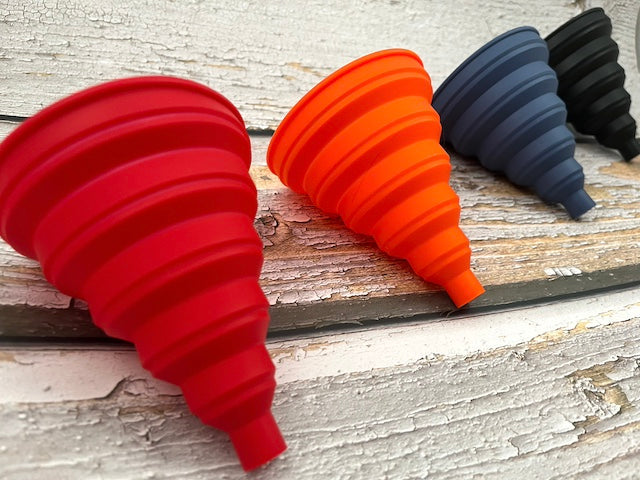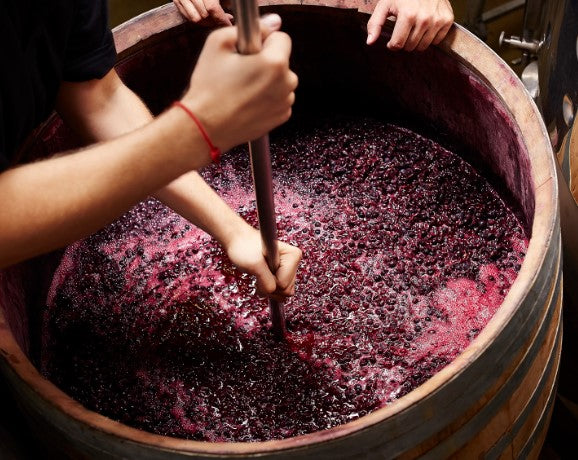
How Does Wine Fermentation Work
How Does Wine Fermentation Work
If you're a wine lover, you've probably wondered how wine is made. It all starts with grape juice, which is turned into an alcoholic beverage through fermentation. This process has been observed for thousands of years and is a natural process. Yeasts transform sugars in the juice into ethanol and carbon dioxide, and the temperature and speed of fermentation are important considerations. The wine may be fermented in stainless steel tanks or in wooden vats, and there are distinctions between ambient yeast and cultured yeast. Many winemakers prefer to control fermentation with predictable cultured yeast, but some allow wild yeasts to produce high-quality, unique-flavored wines. There are several factors that winemakers take into consideration when fermenting wine, so read on to learn more about this process.
The first step in wine fermentation is to crush the grapes. This can be done by hand or with a machine, and the grape skins may or may not be removed. The crushed grapes are then placed in a fermentation vessel, where yeast is added. The type of yeast used will depend on the winemaker's preference and the style of wine being made.
There are generally two kinds of yeast, ambient yeast, which is naturally present on the grape skins, or cultured yeast, which is a specific strain of yeast that is added to the must (crushed grapes).
If ambient yeast is used, the fermentation process will take longer and these yeasts can produce high-quality, unique-flavored wines, however, it tends to be much more unpredictable such as the addition of unwanted traits in specific-flavored wines. Oddly enough, ambient yeasts may even contribute to spoilage. Many winemakers prefer to use cultured yeast, which are specifically made and inoculated for winemaking, because it ferments more quickly and produces a more consistent flavor.
The division of people who prefer ambient or cultured is mostly seen in Europe where some traditional winemakers advocate for ambient yeasts inherent to a region as it can produce flavors only found in a given area. On the other hand, most winemakers prefer cultured yeasts because of the consistency it provides their wines.
The next step is to monitor the fermentation process. The temperature, speed, and duration of fermentation are all important factors that will affect the final product. The wine must be monitored closely and tasted regularly to ensure that it is fermenting properly.
The actual fermentation process is a very scientific thing to observe yeast convert the sugar present in grape must, juice, or through the addition of sugar to them into ethanol. For example, six-carbon molecules found in sugar become three-carbon molecules by going through a series of rearrangement reactions. Carbon atoms are removed from the molecules to become carbon dioxide, the carbonation found in fermentations.
Once the fermentation process is complete, the wine is ready to be bottled. It can be enjoyed immediately or aged for a longer period of time. Red wines are typically aged for several years before they are ready to drink, while white wines and sparkling wines are usually consumed sooner.
So, that's how wine is made! The next time you enjoy a glass of wine, you'll have a better understanding of the process that went into making it. Cheers!



